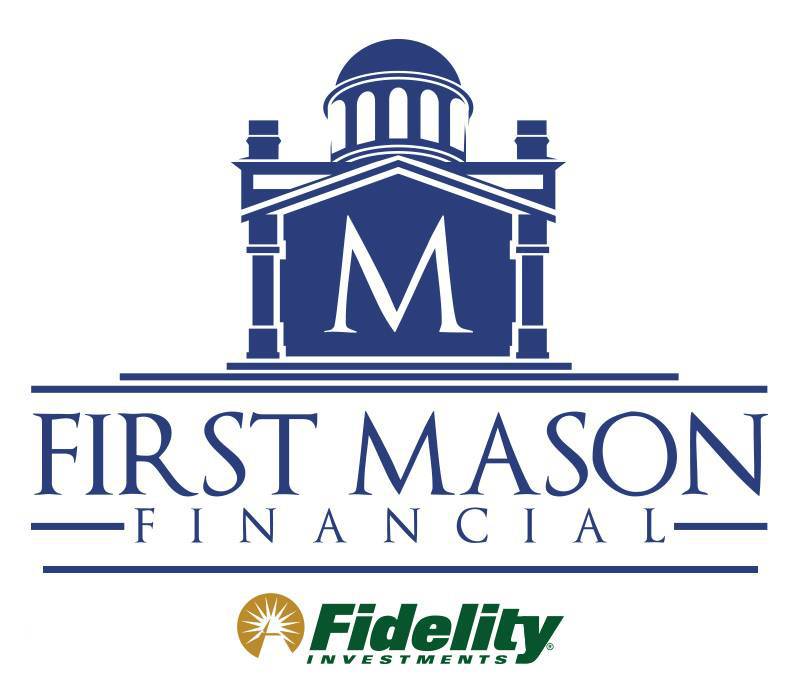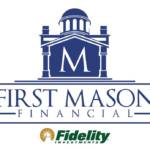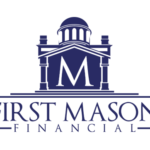Retirement Cash Flow Planning & Creation
For most adults, retirement is a big transition, and you probably have questions about cash flow management. What are the different types of cash flow assets? Will those assets be enough to sustain your lifestyle? Or how can you increase your retirement cash flow assets? For answers to all these questions and more, keep reading to get the inside scoop on cash flow planning.

Cash Flow Assets
During retirement, you will likely have several cash flow assets. Let’s take a look at some of the most secure sources of cash flow.
Cash Flow Asset: Social Security
- Designed to provide 40% of pre-retirement income
- Adjusted for inflation
- Every January adjusted for cost of living
- You can count on this payment showing up on time every month
Cash Flow Asset: Employer Pension – Monthly Income
- Usually not adjusted for inflation, which means your payment will stay the same every year even though the cost of pizza will continue to rise
Cash Flow Assets: Dividends
- Company Dividends
- A dividend is a reward to the shareholders of the stock.
- Companies pay dividends typically from their excess profits.
- Many companies will continue to pay their dividends even in quarters without profits just to maintain the track record.
- If a company runs into cash flow issues, the company has the right to not pay those dividends if necessary.
- Dividends are NOT guaranteed; however, if you invest in the right companies, dividends can be a steady source of regular income.
Cash Flow Asset: Capital Appreciation
- The growth of your investments is called capital appreciation.
- Sometimes investing in growth stocks or mutual funds can grow your wealth.
- Simply selling off some of the investments is another way to provide retirement income.
- Example: Let’s say you bought Amazon stock at $900 a share in 2017, and by 2019 Amazon stock grew to $1800 per share. You doubled your money. If you decide to sell some of the stock, that growth can be transformed into income.
Cash Flow Asset: Interest
- Interest is money paid regularly at a particular rate for the use of money lent.
- Example: If you invest in a three-year CD at 2.00%, the bank will use your money for the next three years and pay you interest on that money.
- Corporations also borrow money. They issue corporate bonds, which the underlying company agrees to pay back in full plus interest. Bond interest payments are another useful way to create retirement cash flow.
Cash Flow Planning Made Simple
If you’re ready to start planning for retirement, we can help. Use our robo investment tools to begin your cash flow planning journey and start tracking your cash flow assets. Sign up today!


